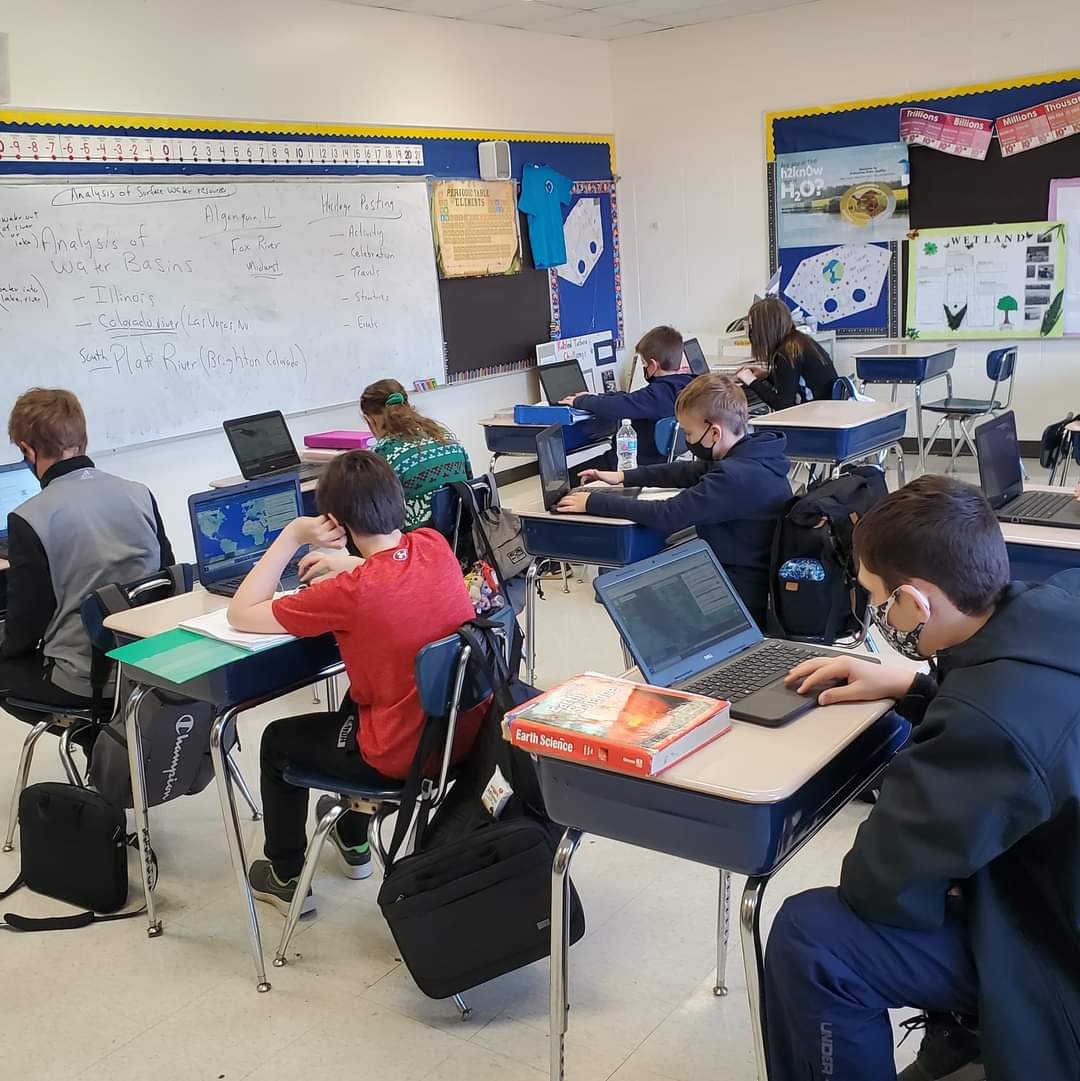Schools are facing pressure to keep students in the classroom in United States

Schools are facing pressure to keep students in the classroom in United States.
The United States is recording an average of more than 700,000 new infections each day, and while Omicron is thought to have peaked in some of the areas first hit — such as New York City — the nation’s top infectious disease expert warned other parts of the country had not yet experienced the worst effects of the new strain.

“I would imagine as we get into February … the first few weeks of February, it is very likely that most of the states in the country will have turned around with their peak and are starting to come down with regard to their cases and then obviously hospitalisations,” Dr Anthony Fauci told a recent online forum.
Omicron led to thousands of schools extending the winter break or temporarily switching back to remote learning, partly due to staff shortages as teachers caught the virus or were forced to isolate.
In Chicago, one of the nation’s largest education districts, classes were cancelled altogether over a dispute about COVID-19 safety measures.
In United States of America, Schools are now increasingly facing pressure to keep students in the classroom and limit remote learning.
While education leaders say all students have been impacted by Zoom education, it is especially difficult for those students who may not speak English or have access to reliable internet.
“It’s better in person, definitely,” said David Rosa, a teacher with the Migrant Education Program (MEP) in El Centro, California.
Rosa is facing the same pressures as those in other schools districts as the COVID-19 pandemic rages on.
However, while some students in the U.S. may like the idea of learning from home again, Rosa’s students would rather be in the classroom.
Students in MEP programs across the country are typically children of migrants who work in America’s agriculture fields. They struggle not only with immigration issues but with having to change schools often.
“It really damaged my mental health,” Ashluy Alize Quintro, a junior at Southwest High School, said about remote learning.
“You have to handle you (sic) work at schools and their problems,” senior Alan Cantu said.
Both use the migrant program to improve their English, address family issues, and catch up on courses. Alan and Ashluy don’t want to return to their computer at home.
“I get in the classroom and I can be myself,” Alan said. “While I was on online, my grades really went down, when I was in person, my grades (were) going up.”
ELECTED OFFICIALS HAVE CHANGED
There is a big difference with education compared to a year ago. More elected officials, on both sides of the aisle, are demanding children remain in school.
A year ago, 46% of schools in the country were conducted in person. That number has risen to 96%.
President Joe Biden, during his press conference Wednesday, continued to push for schools to remain open.
The Biden Administration is providing an additional 10 million COVID-19 tests per month to try and stop remote learning. That’s in addition to millions of dollars in funds from the American Rescue Plan.
However, the threat of shutting down still looms. Some teacher’s unions have voted to stay home.
“Testing is what’s going to allow us to move forward,” said Leonor Felix Santos, who runs the migrant program at Southwest High School.
Santos says federal help is welcomed, emphasizing her students have already been through so much.
“We are working with families whose education has been interrupted,” Santos said.
Credit: Fox13now news

Comments are closed.